What museums should an art lover visit in Latvia?
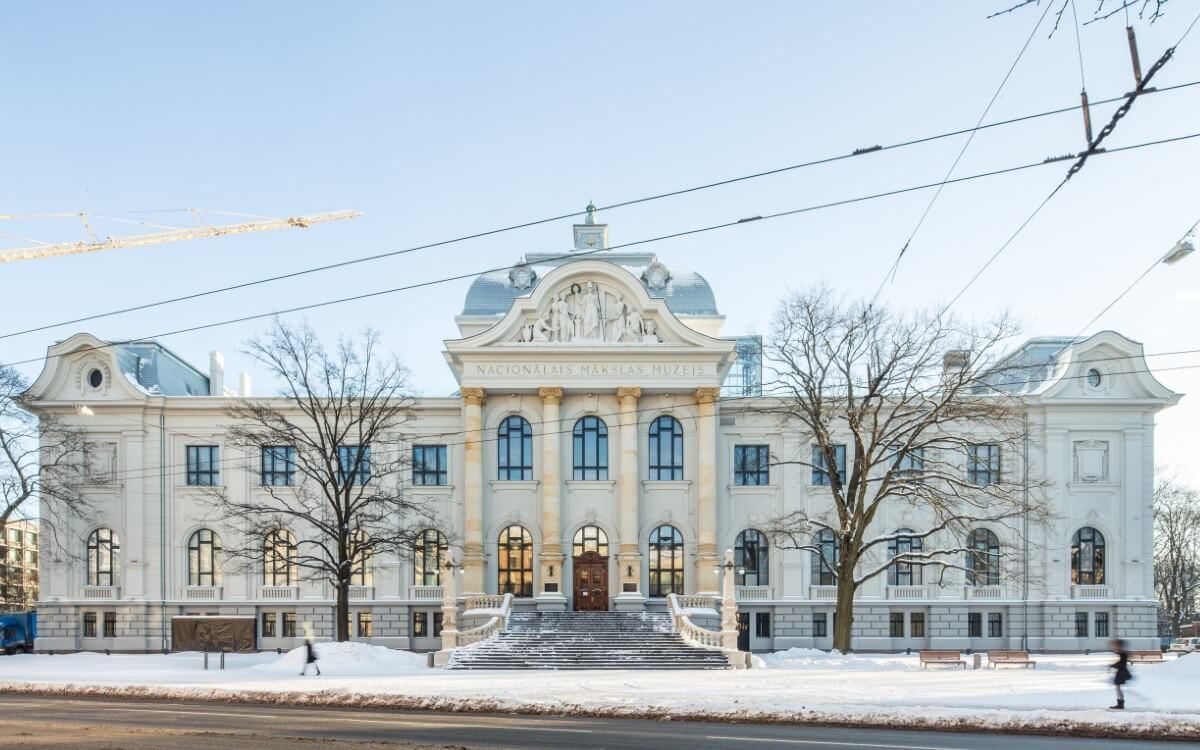
Latvian National Museum of Art
The largest repository for artwork in the country is the Latvian National Museum of Art. The structure was repaired and refurbished yet kept its regal splendor from a long-gone age when it was reopened in May 2016.
The newly unveiled permanent exhibit at the National Art Museum, which celebrates the reopening of the fully refurbished building, is a thorough survey of Latvian art in the 19th and 20th centuries, with a focus on the major aesthetic eras and the artists who played a significant role in each one. In the refurbished main building’s two levels, comprehensive material is shown that clearly demonstrates the development of Latvian art, focusing on the many eras, the people who made it all possible, and the key moments of the time.
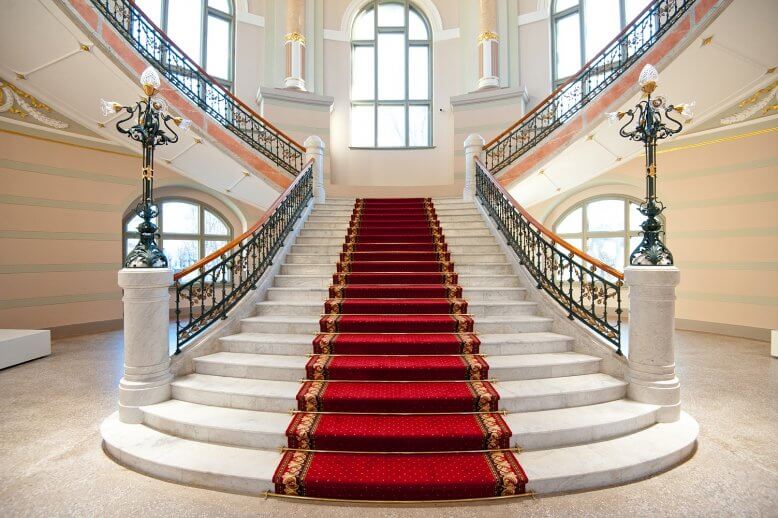
According to tourists who have flocked to the museum since it opened, the modernized structure itself is what draws them in and makes their time here worthwhile.
One of the changes is unquestionably the “Mkslas muzejs” app, which can be downloaded on your smartphone and serves as an interactive guide when you’re at the museum. The app is free and accessible in English, Russian, and Latvian. Google Play and the App Store.
Art Museum Riga Bourse
The Art Gallery The largest collection of international art in the Baltic States is kept at Riga Bourse. Council members, mayors, and businesspeople in Riga launched the collection in the nineteenth century. The museum now offers a wide range of cultural and artistic events as well as foreign exhibitions.
The Riga Bourse building, a significant national architectural landmark, houses the museum. The structure was built between 1852 and 1855 using palazzo designs from the Venetian Renaissance, which represent plenty and riches. Harald Julius von Bosse, a German-born architect from St. Petersburg, designed the structure (1812-1894).
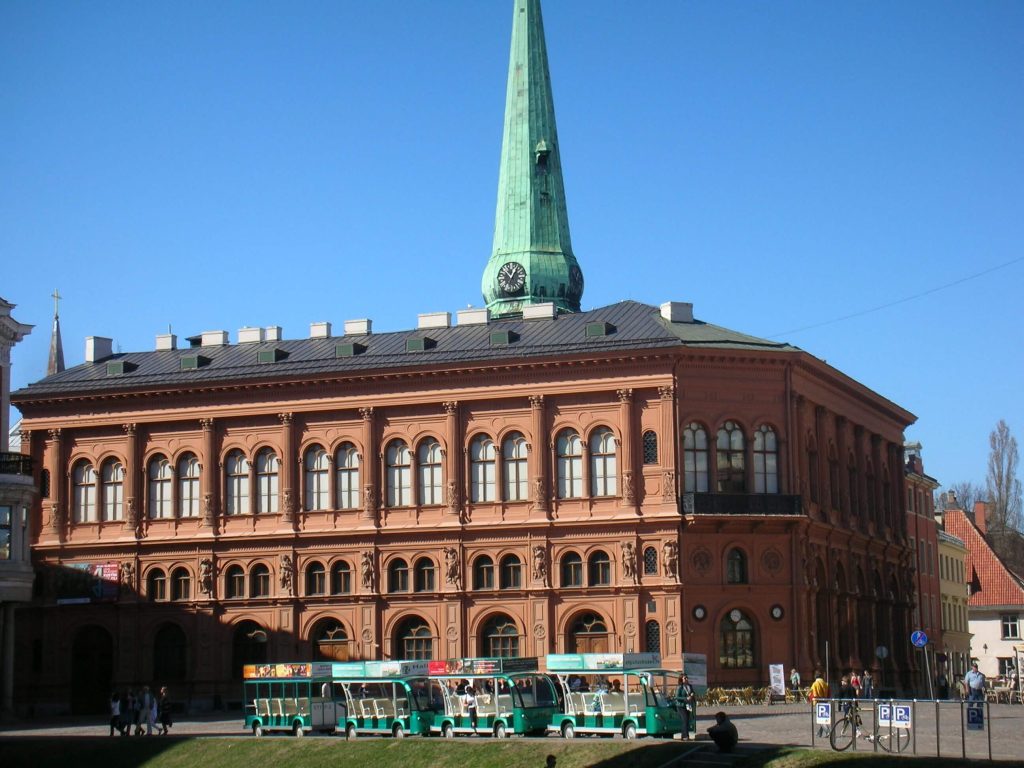
The six levels of the Art Museum Riga Bourse presently feature contemporary exhibition halls, a variety of expositions, the “Small School” for kids, seminar and conference spaces, a museum gift and art catalogue shop, as well as a café following a successful rebuilding. In addition to other novelties, it is important to emphasize the use of modern technology, including audio tours for both domestic and international visitors.
The museum’s exhibition attempts to recreate the mood of that era using the greatest elements while avoiding replicating it. It depicts how the 19th century is perceived in the 21st century. The Painting Gallery, housed in the Venetian and Makart halls on the fourth floor, is a traditional exhibition of West European paintings that, in terms of visual impact, are comparable to the understanding of the construction and placement of artworks in the 19th century. Dutch, Flemish, German, French, and Italian art fits perfectly with the Venetian Hall’s elaborate interior. The paintings from the 17th century North European school are the collection’s pride and joy.
The remarkable collection of West European porcelain from the 18th to the 20th century, as well as tales of Riga-based collectors, are housed in the Western Gallery. The gallery aims to capture the spirit of the 19th century, as that was the era when Riga’s German society concentrated on interior design and passionate collecting. The most priceless items in the gallery are pieces of porcelain from the 18th-century Meissen Royal Porcelain Factory.
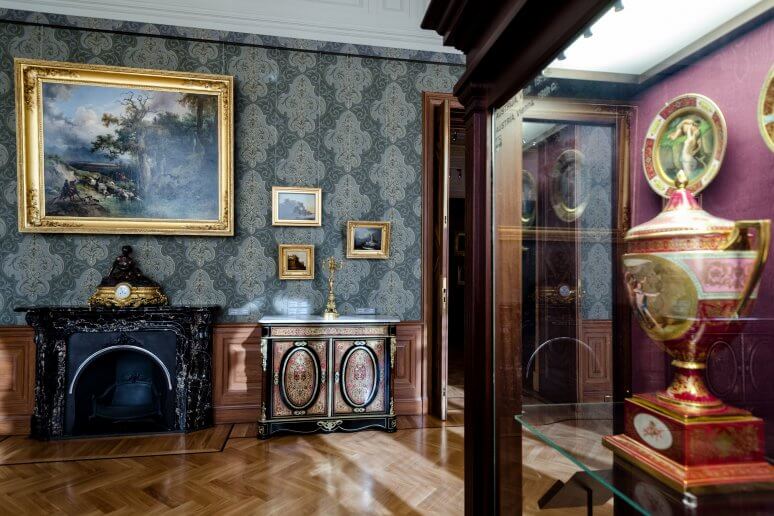
Small and devoted to the early 20th century, when Latvian national self-confidence was on the rise, the Silver Room is located next to the Western Gallery of Porcelain.
A large collection of artwork from the Middle East and Far East may be seen in the Gallery of Oriental Art on the third level. One of the largest collections of Oriental art in the Baltic States, the museum is proud to have the largest collection in Latvia. The museum’s holdings include a number of magnificent collections from Oriental traditional culture that portray many facets of religion and daily life. Traditional artwork from Japan, China, India, and Indonesia is on display in large quantities. The popular exhibition of Ancient Egyptian art is kept in the gallery’s safe and features the one and only Egyptian mummy preserved in a wooden sarcophagus.
The museum provides 42 tales in total—37 stories about individual works of art, stories about the museum architecture and individual stories about each gallery—in Latvian, English, and Russian.
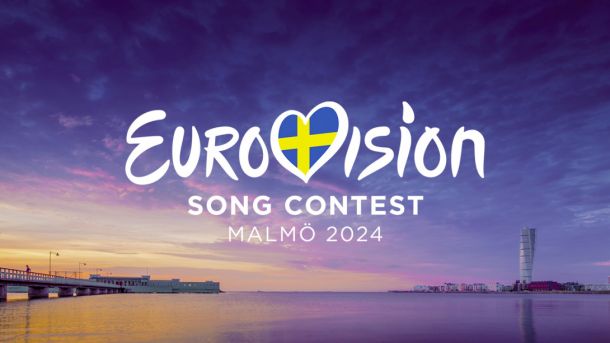


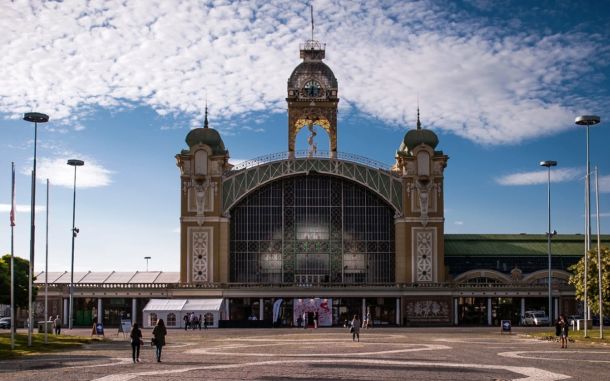
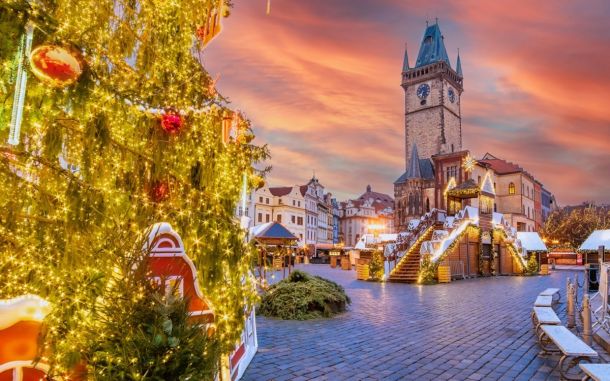
Leave a Reply
You must be logged in to post a comment.